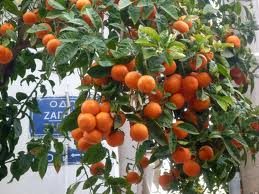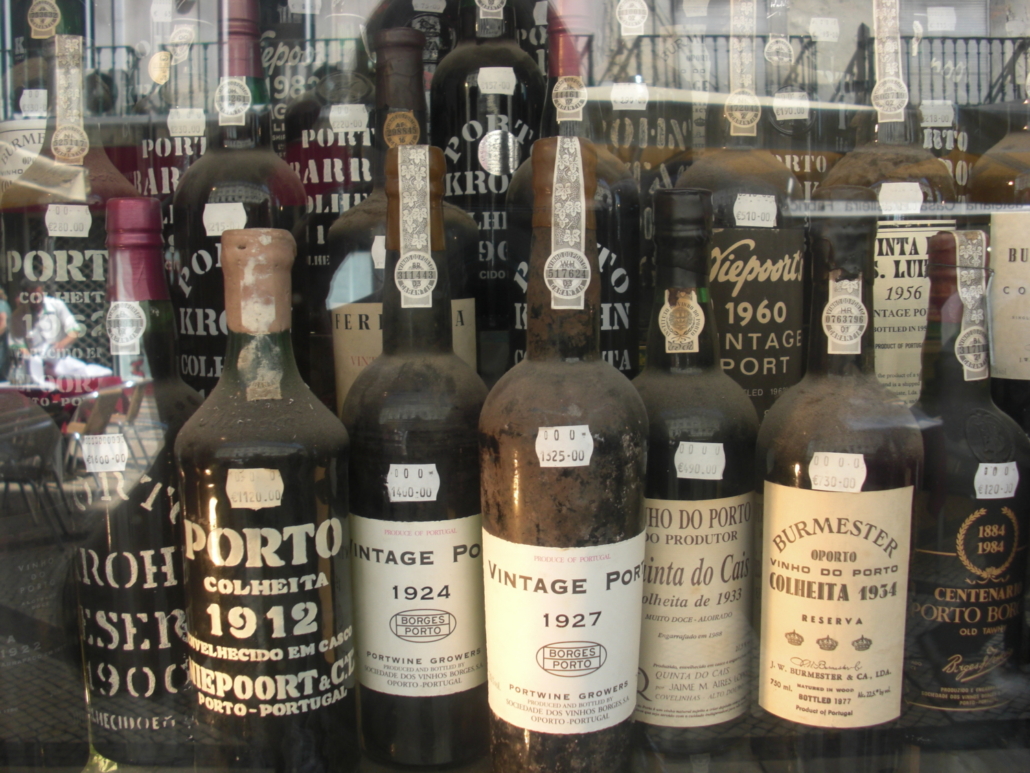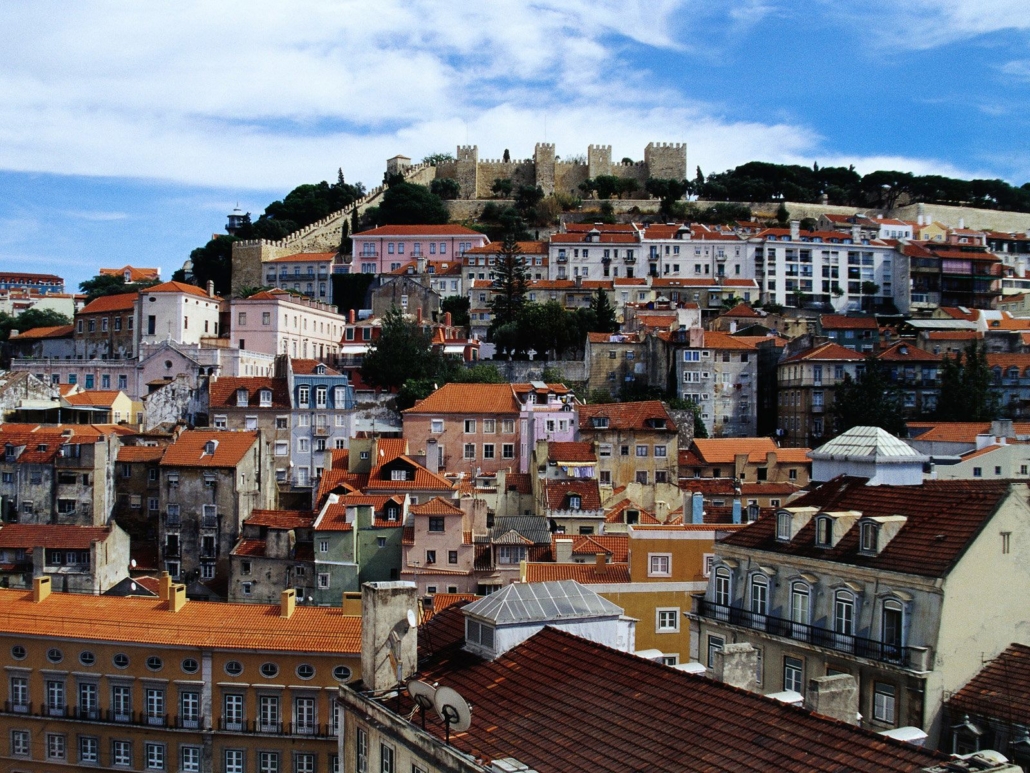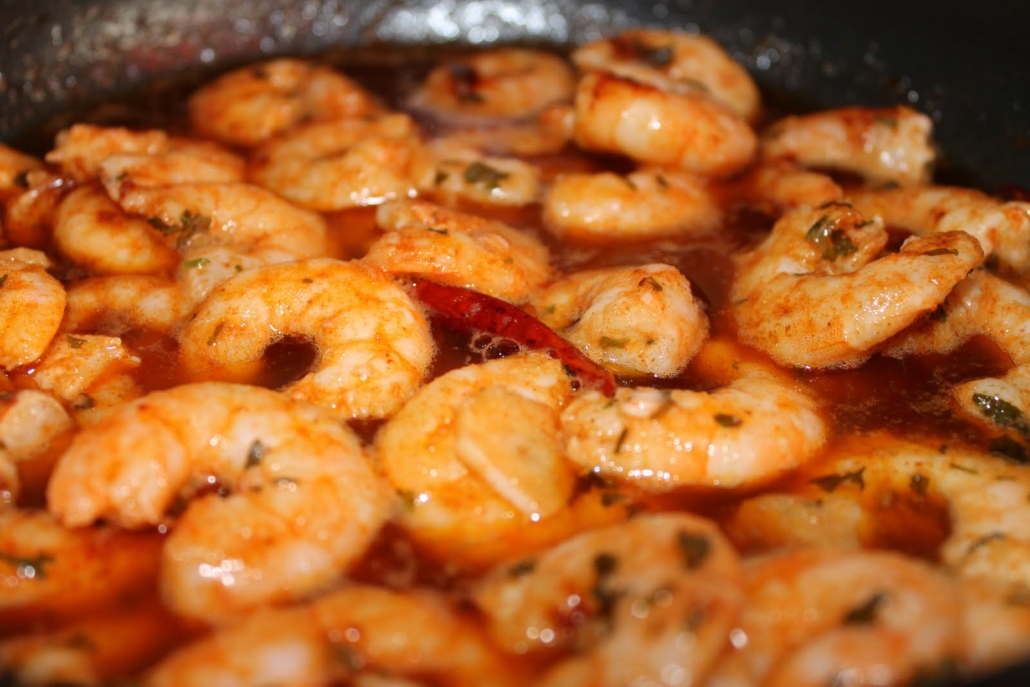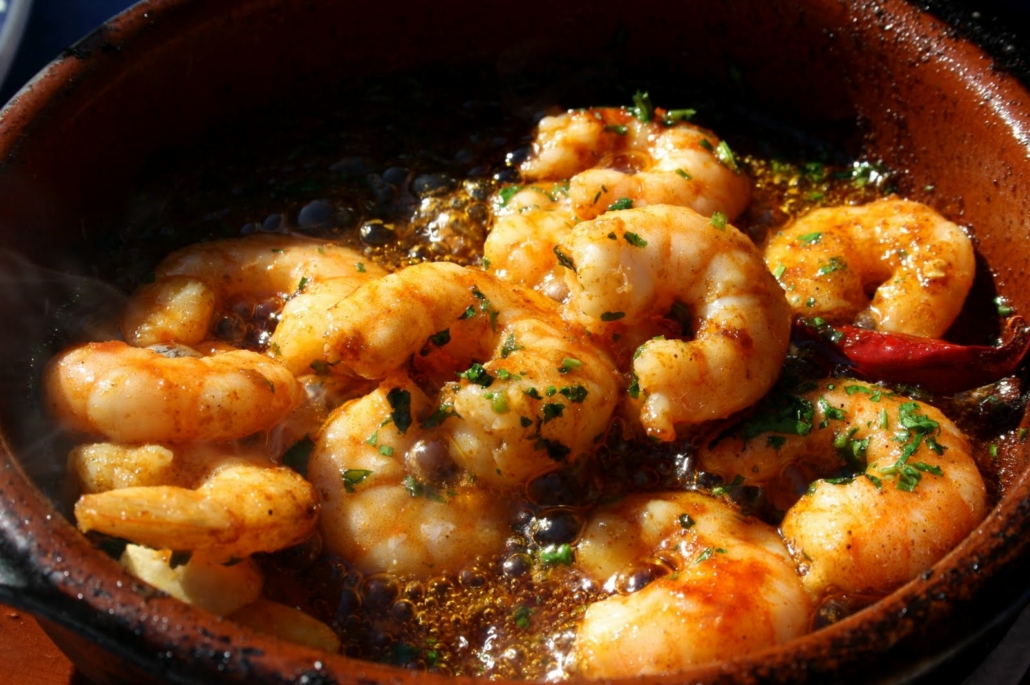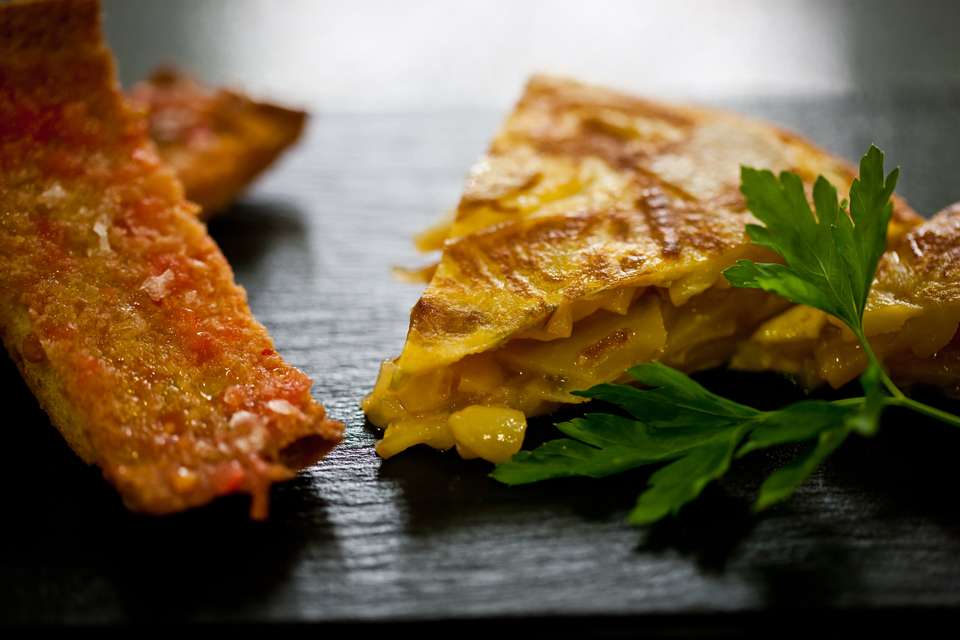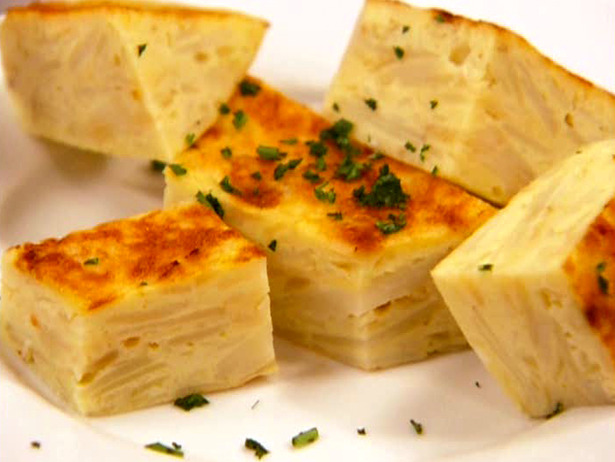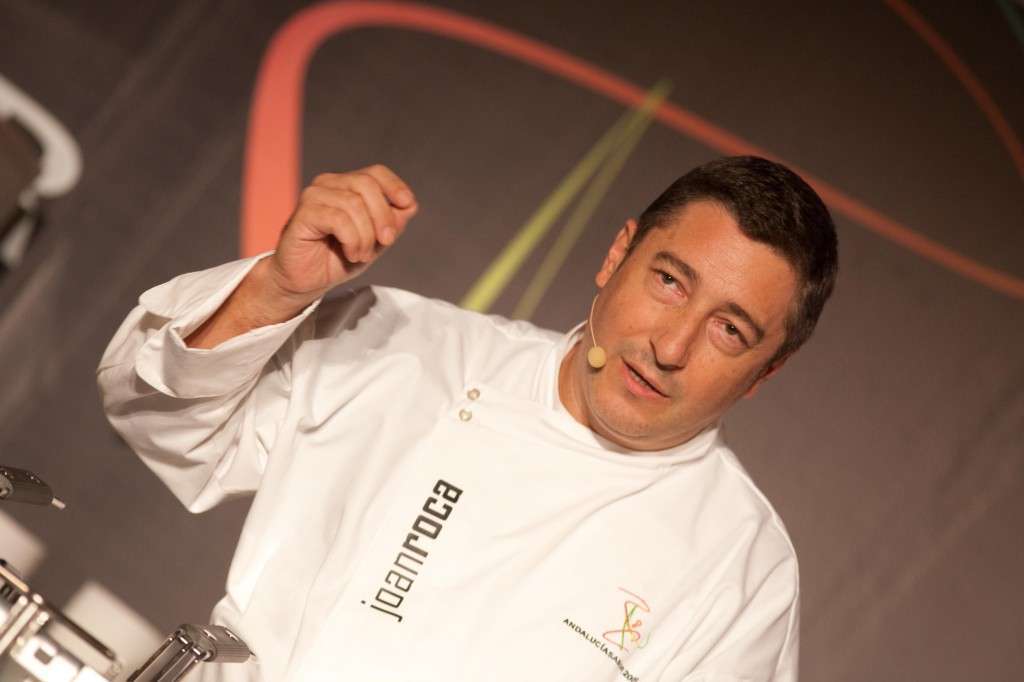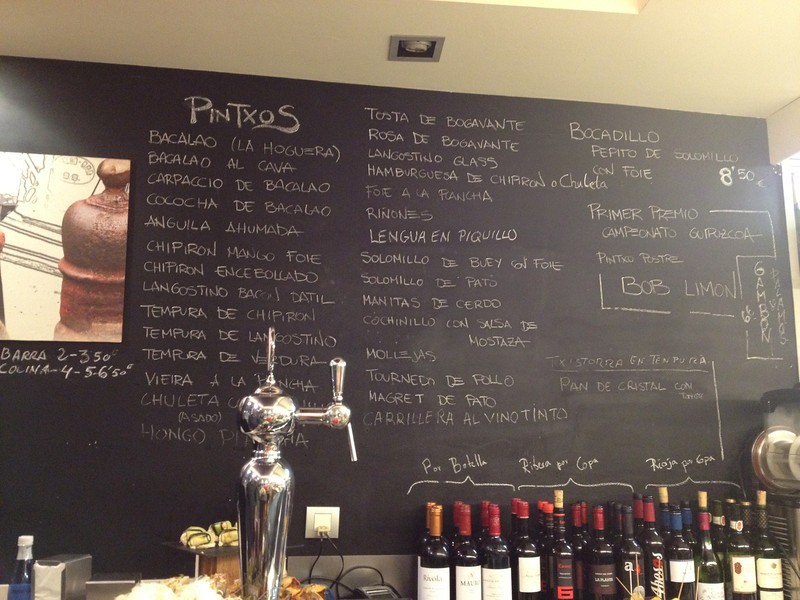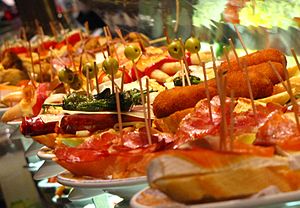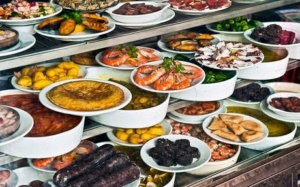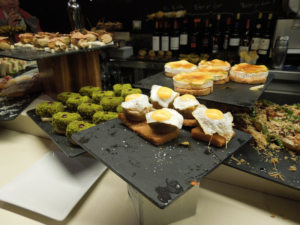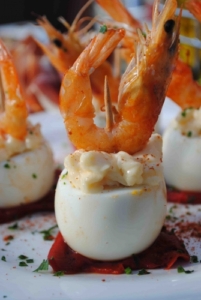There’s more to the Best 50 World Restaurants List than meets the eye – there’s life over 50! Three Spanish restaurants feature in the World’s Best Restaurants List from 51-100, making a total of 10 Restaurants in Spain in the Top 100 Best Restaurants of the World for 2014!
Here is the full complete list from number 51 to 100 of the World’s Best Restaurants for 2014:
51. Combal.Zero – Rivoli, Italy
52. Septime – Paris, France
53. Relae – Copenhagen, Denmark
54. Blue Hill at Stone Barns – Westchester, USA
55. St John – London, UK
56. Le Louis XV – Monte Carlo, Monaco
57. Tickets – Barcelona, Spain
58. Ultraviolet by Paul Pairet – Shanghai, China
59. Biko – Mexico City, Mexico
60. Quay – Sydney, Australia
61. In De Wulf – Dranouter, Belgium
62. Manresa – Los Gatos, California
63. Hedone – London, UK
64. Momofuku Ssäm Bar – New York, USA
65. Hertog Jan – Bruges, Belgium
66. Lung King Heen – Hong Kong, China
67. 8½ Otto e Mezzo Bombana – Hong Kong, China
68. Nomad – New York, USA
69. Saison – San Francisco, USA
70. Momofuku Ko – New York, USA
71. White Rabbit – Moscow, Russia
72. The Tasting Room at Le Quartier Français – Franschhoek, S.Africa
73. Bras – Laguiole, France
74. 41 Grados – Barcelona, Spain
75. Alain Ducasse au Plaza Athénée – Paris, France
76. Mr & Mrs Bund – Shanghai, China
77. Zuma – Dubai, UAE
78. Tim Raue – Berlin, Germany
79. Maaemo – Oslo, Norway
80. Restaurant at Meadowood – St Helena, USA
81. La Petite Maison – Dubai, UAE
82. La Grenouillere – La Madelaine sous Montreuil, France
83. Die Schwarzwaldstube – Baiersbronn, Germany
84. Iggy’s – Singapore
85. Caprice – Hong Kong, China
86.Les Amis – Singapore
87. The Clove Club – London, UK
88. L’Epicure – Paris, France
89. Taubenkobel – Schutzen, Austria
90. Dal Pescatore – Canneto Sull’oglio, Italy
91. Boragó – Santiago, Chile
92. Pierre Gagnaire – Paris, France
93. Marea – New York, USA
94. Diverxo – Madrid, Spain
95. Malabar – Lima, Peru
96. Landhaus Bacher – Mautern, Austria
97. Bo Innovation – Hong Kong, China
98. Jean Georges – New York, USA
99. Ishikawa – Tokyo, Japan
100. Jaan – Singapore
FULL LIST of the World’s Best 50 Restaurants 1-50 for 2014
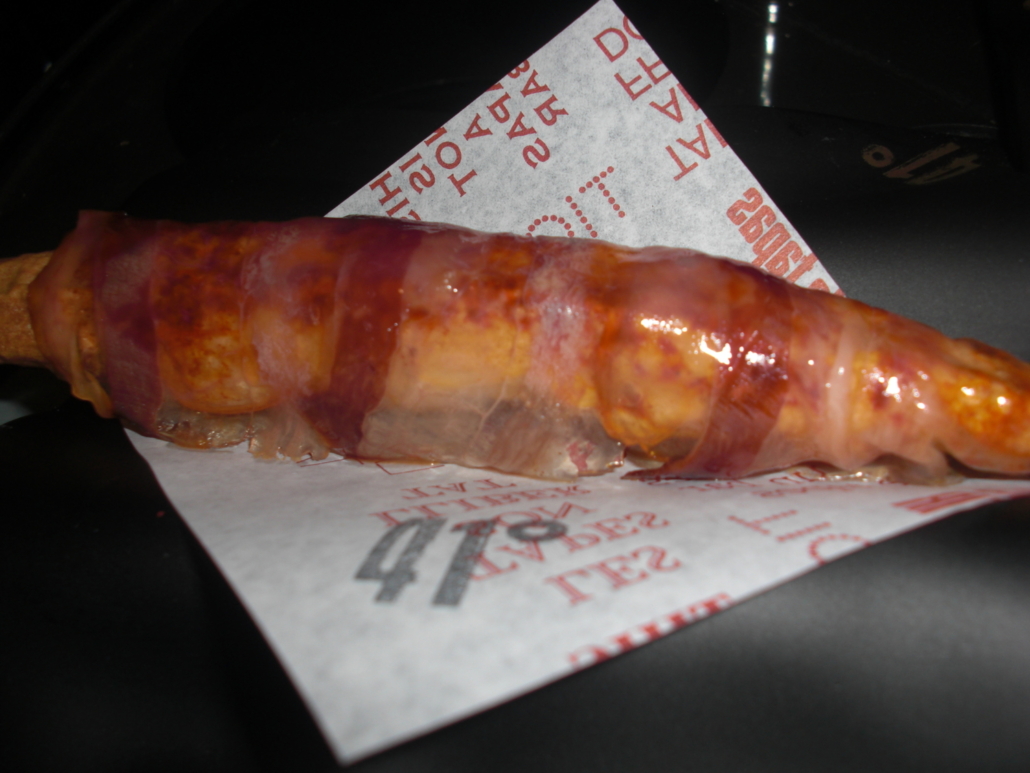
Tickets at nº 57 and 41 Grados at nº 74 – both Albert Adrià, Barcelona, feature in the Top 100 Best Restaurants of the World for 2014.
David Muñoz with DiverXo, Madrid, is placed at nº 94.
Join us at Gourmand Breaks on a Private Food and Wine Tour like The Highlights of Spain Luxury Tour, where you will visit Spanish cities with World Class, Michelin starred, restaurants.

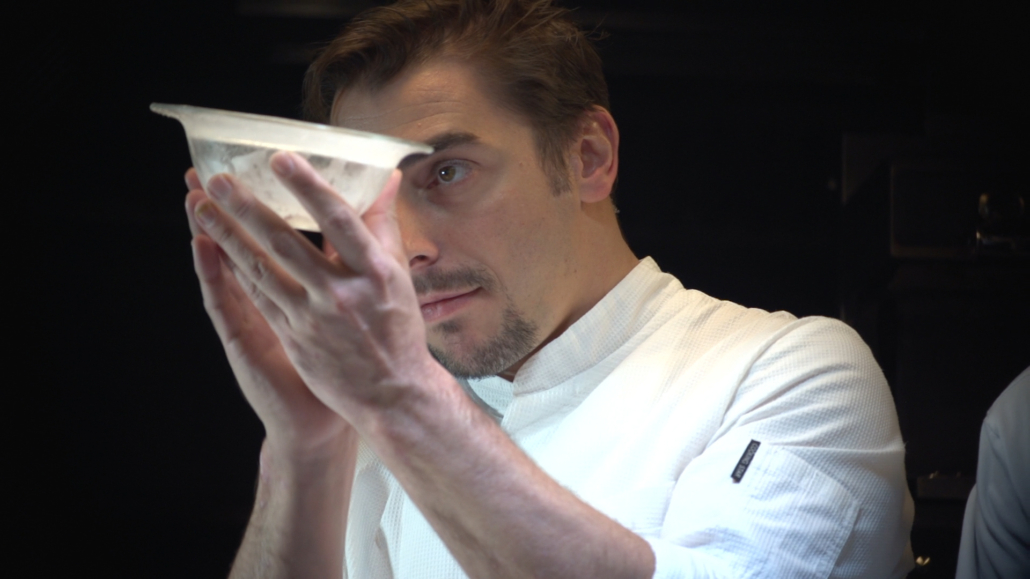
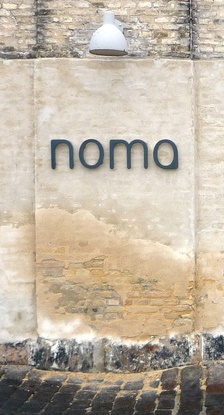 BREAKING NEWS Live from London: Danish Michelin 2* Restaurant, Noma, has knocked Spanish Michelin 3* Restaurant El Celler de Can Roca, off the top, thus reclaiming its status at the head of the World’s 50 Best Restaurants List (full 2014 list below)!
BREAKING NEWS Live from London: Danish Michelin 2* Restaurant, Noma, has knocked Spanish Michelin 3* Restaurant El Celler de Can Roca, off the top, thus reclaiming its status at the head of the World’s 50 Best Restaurants List (full 2014 list below)!

